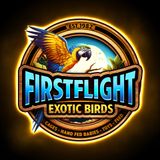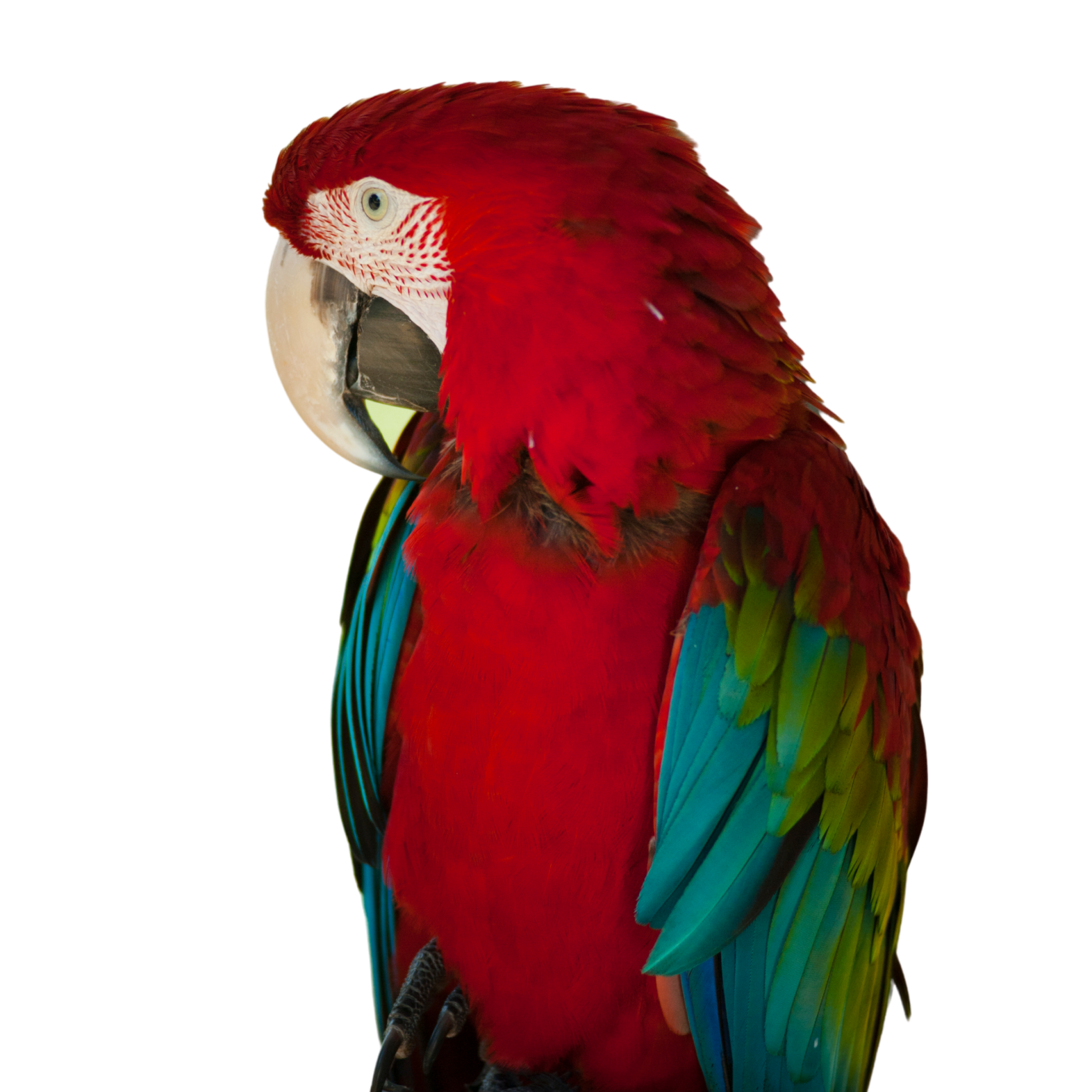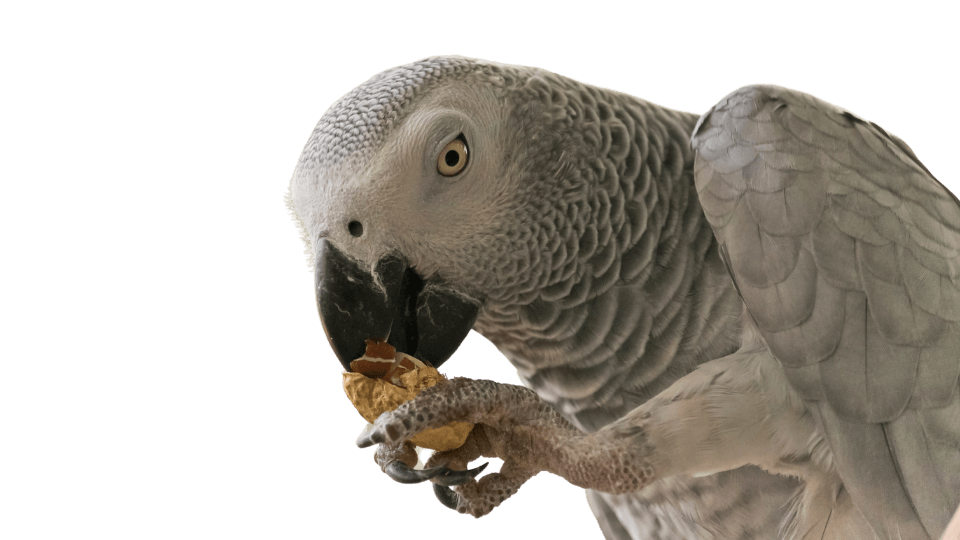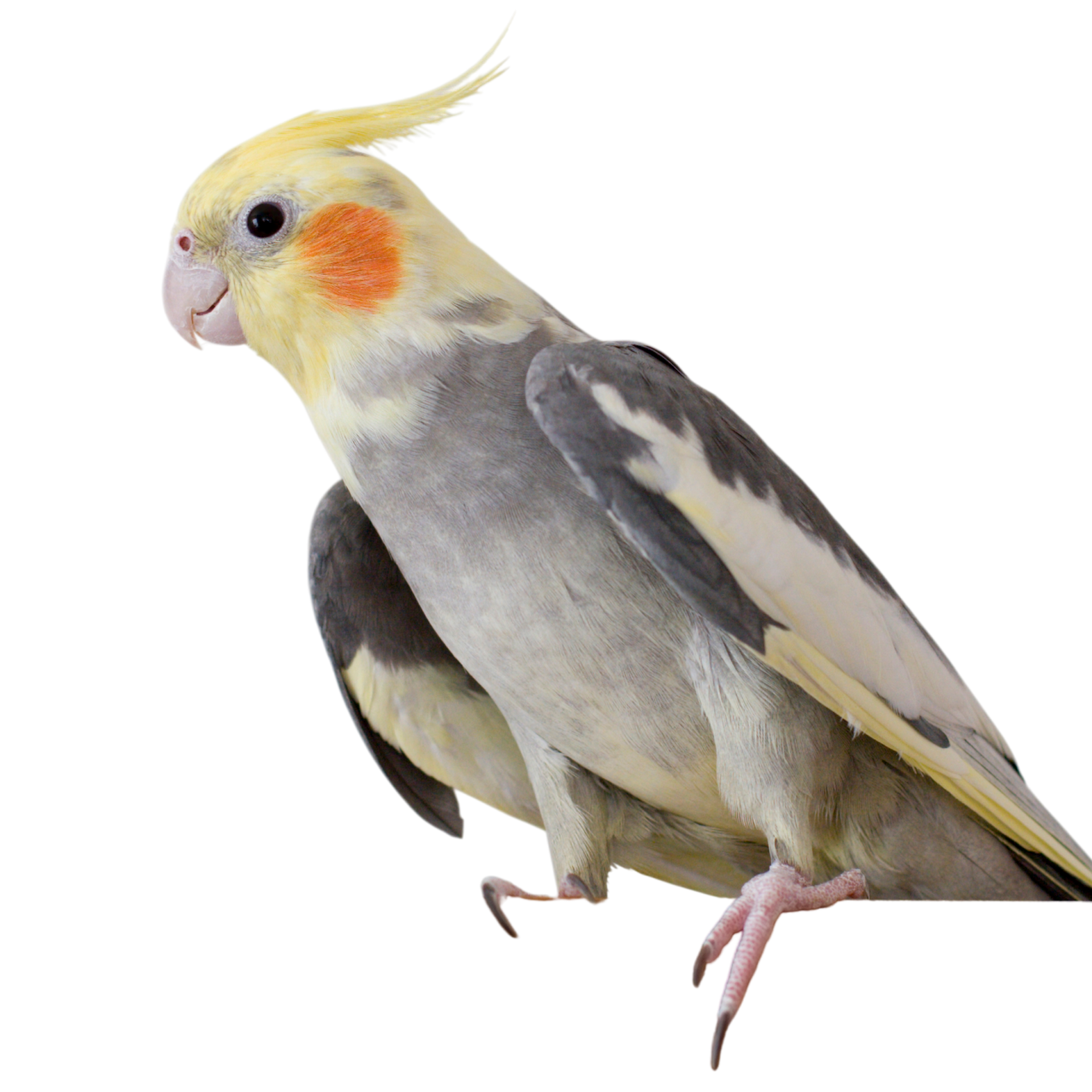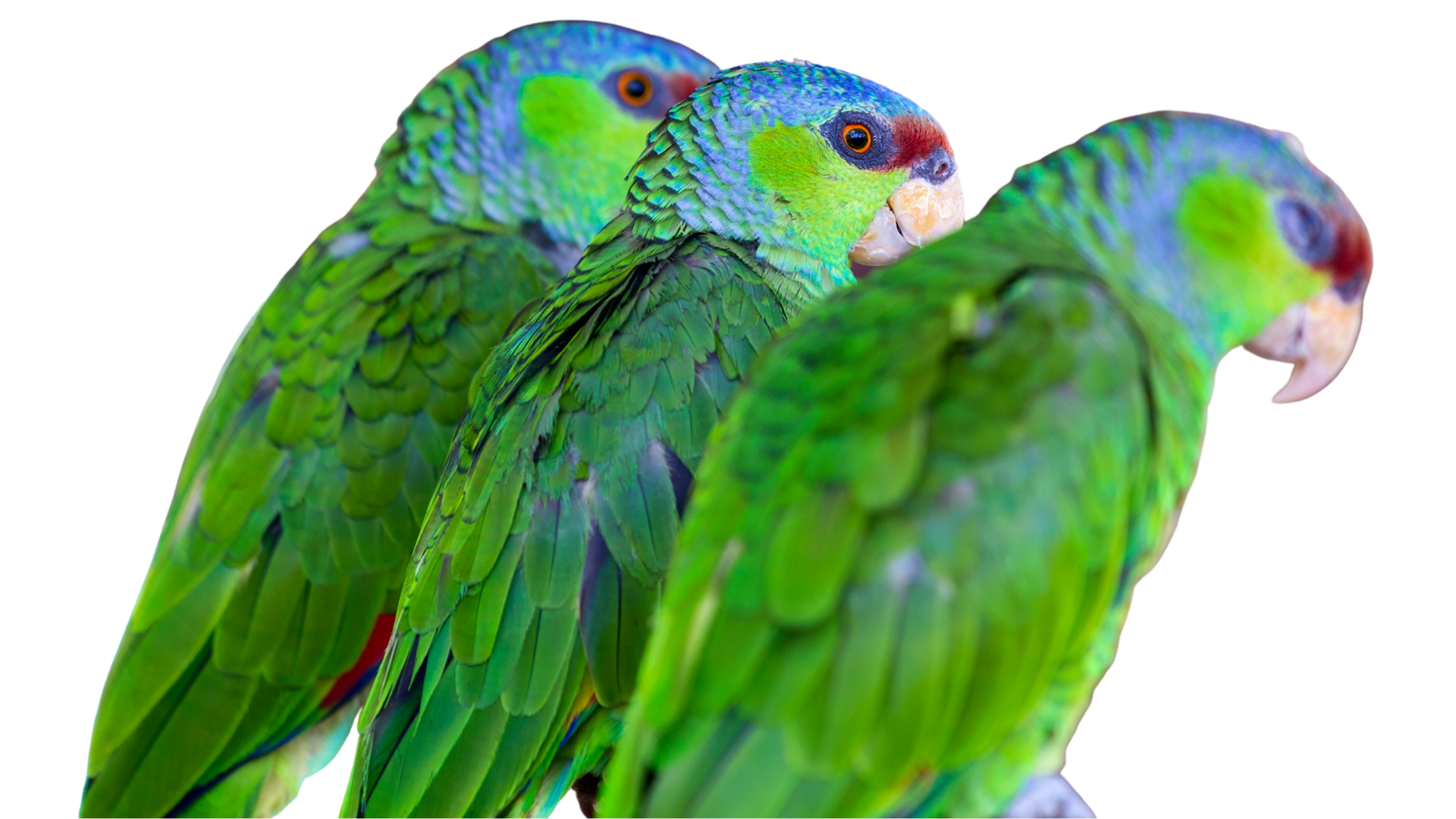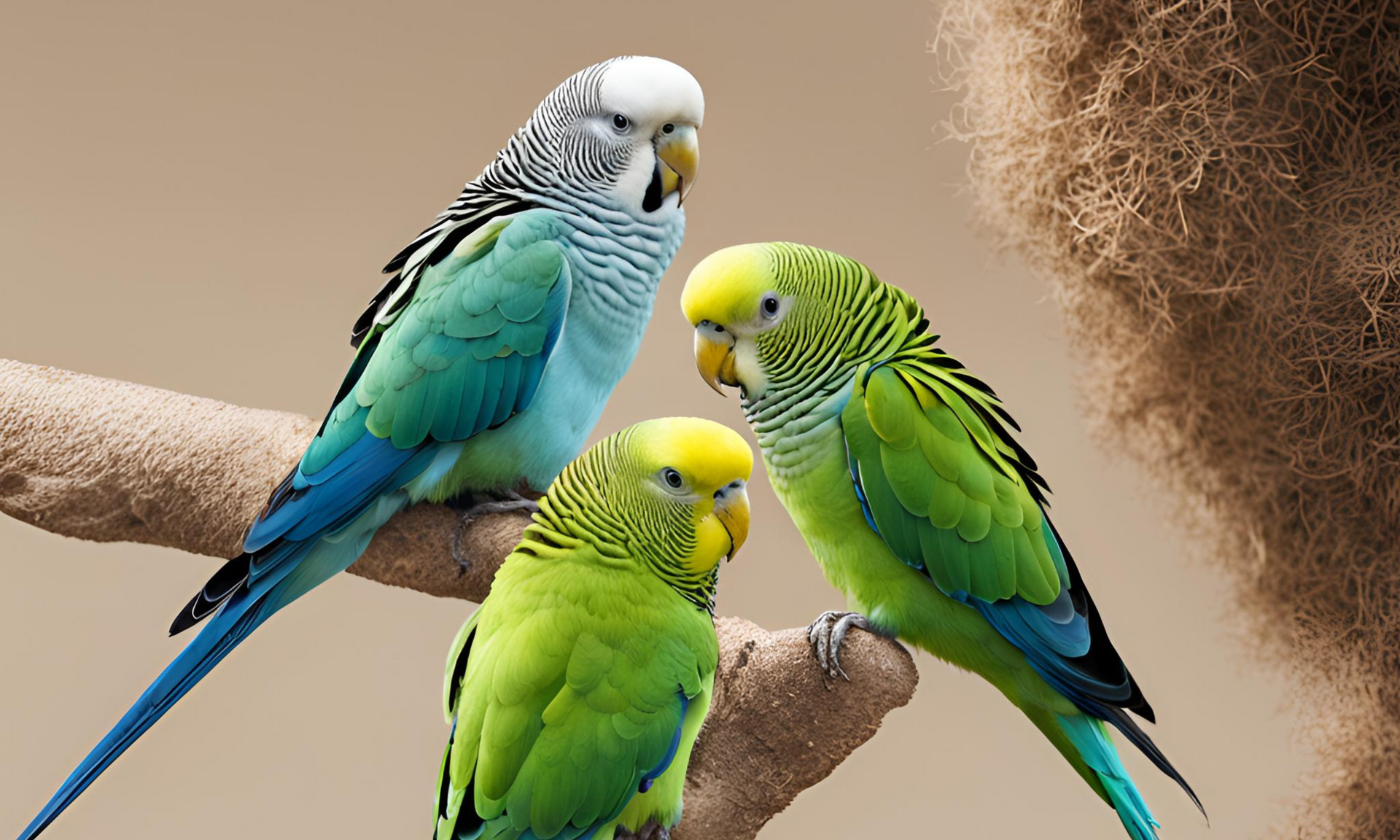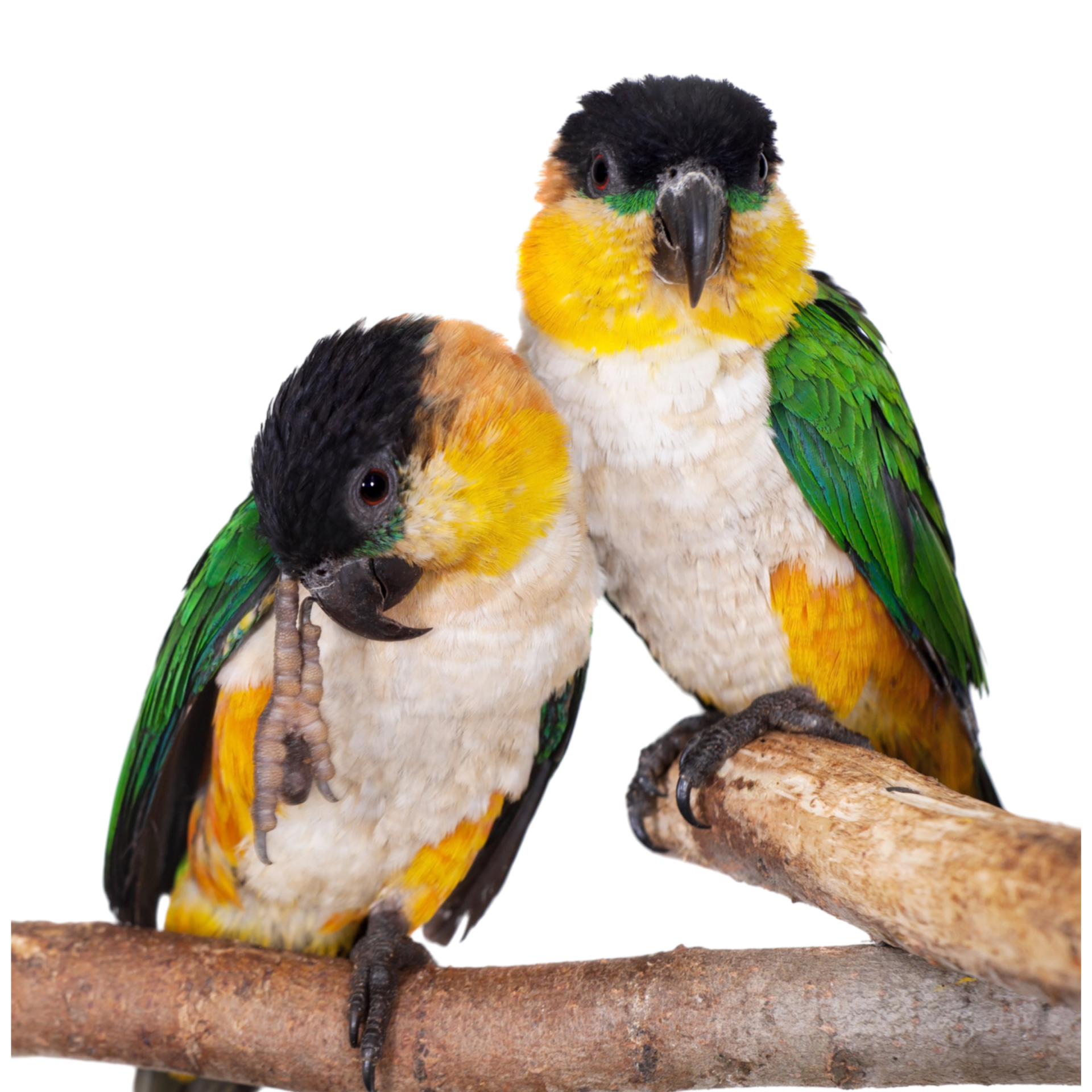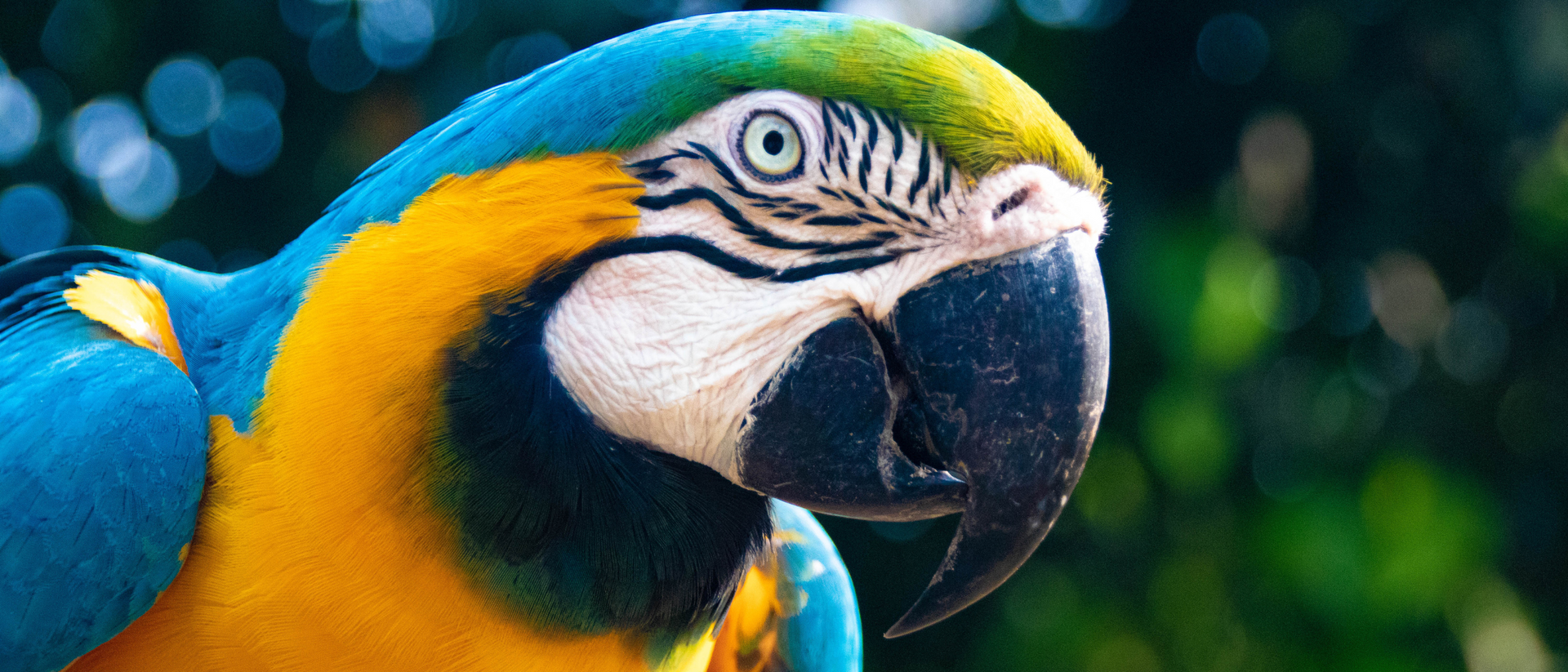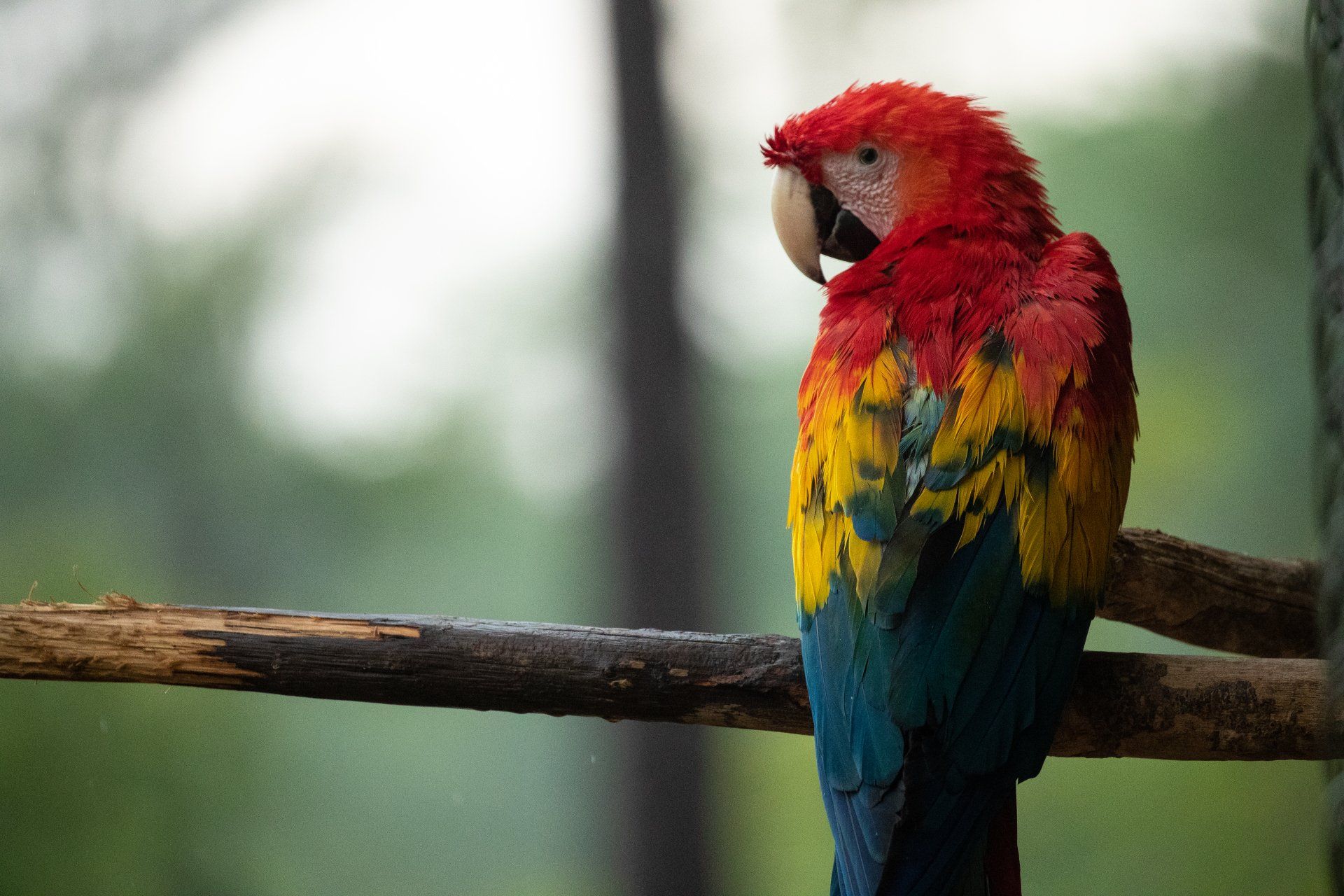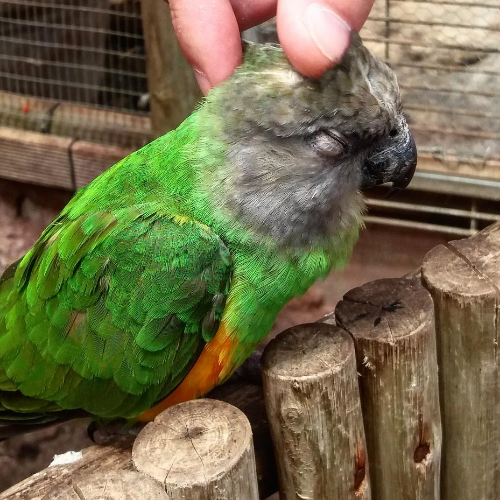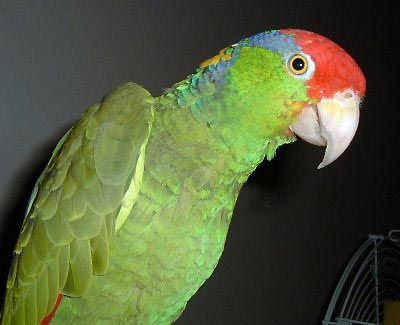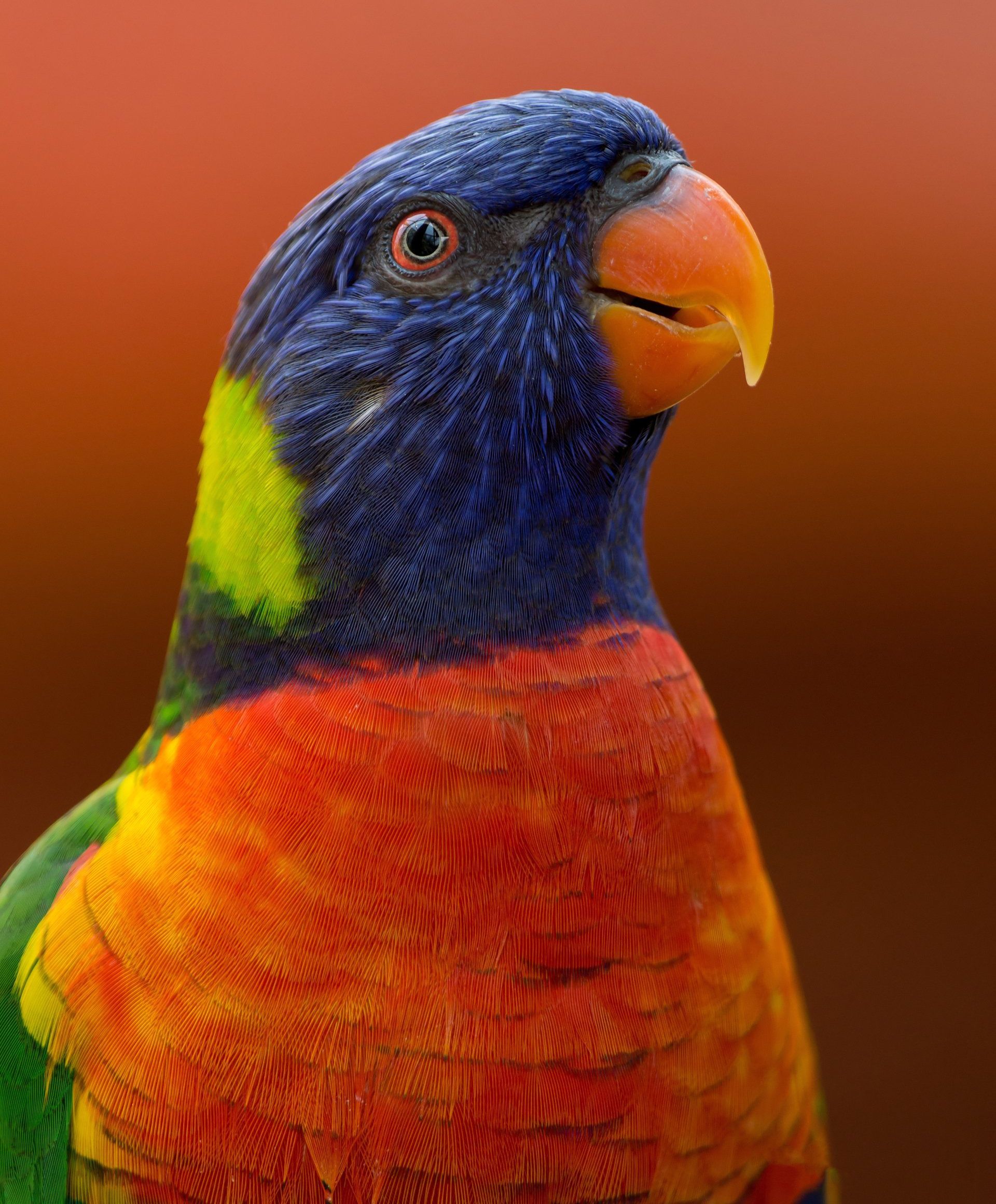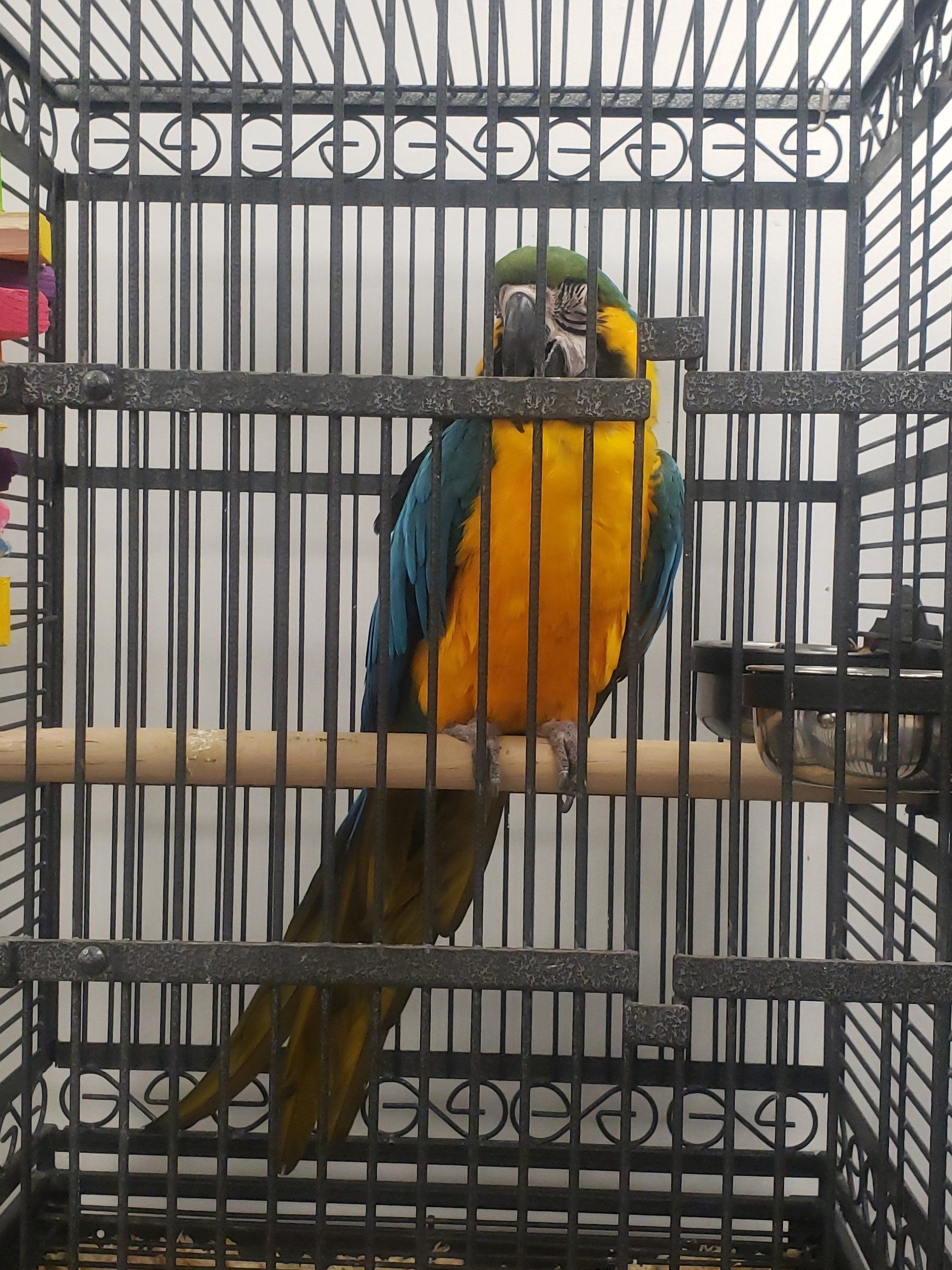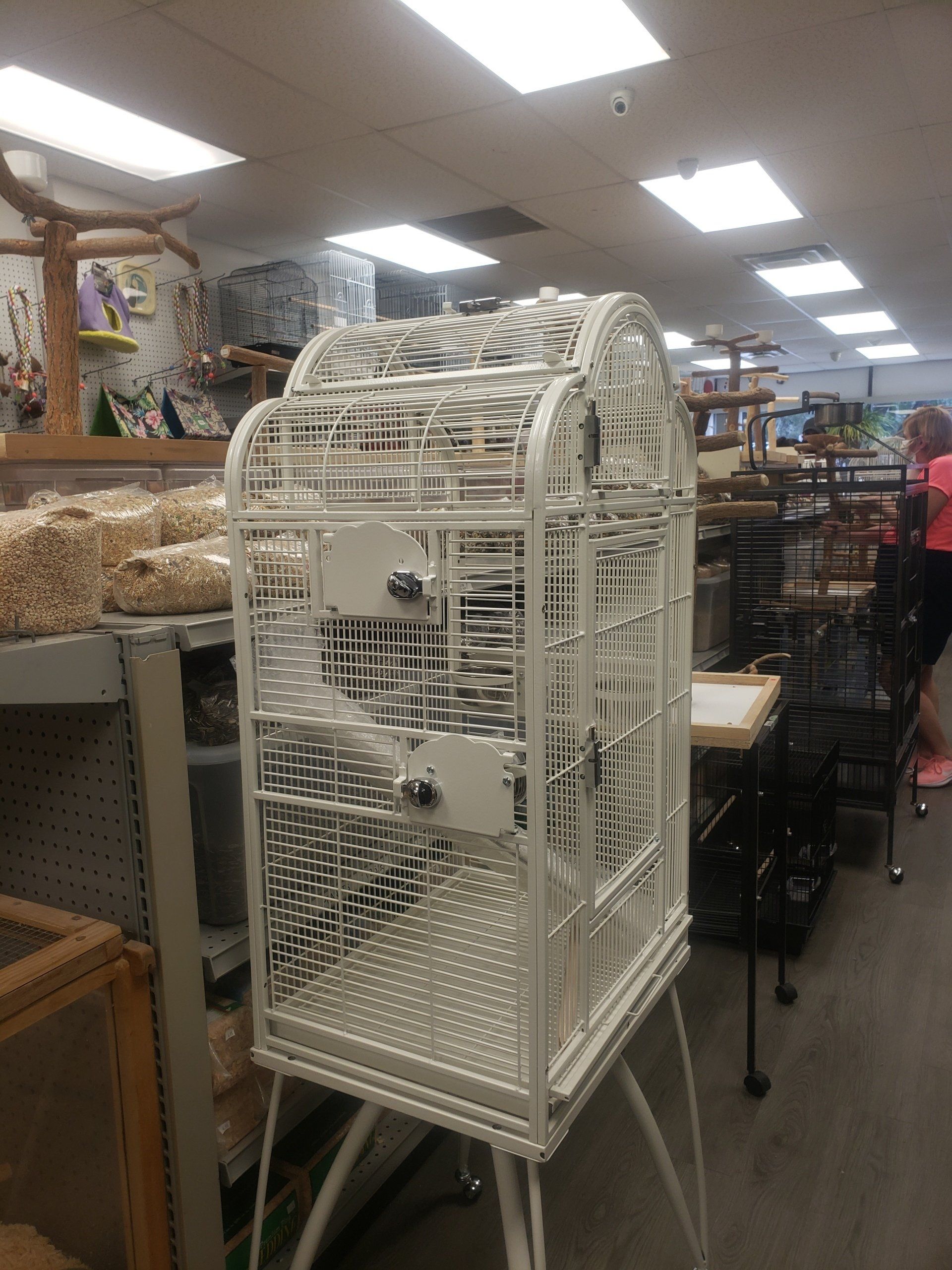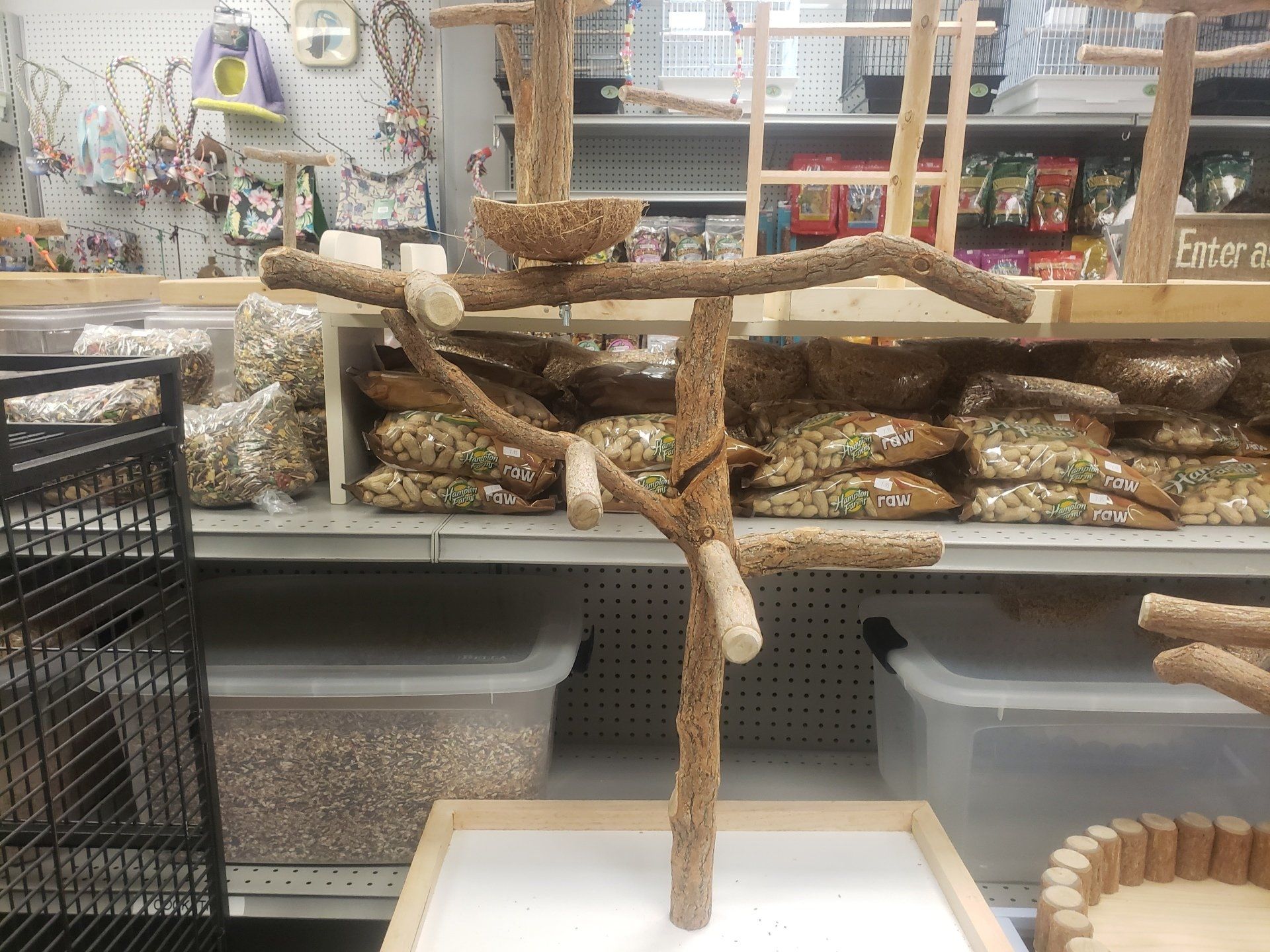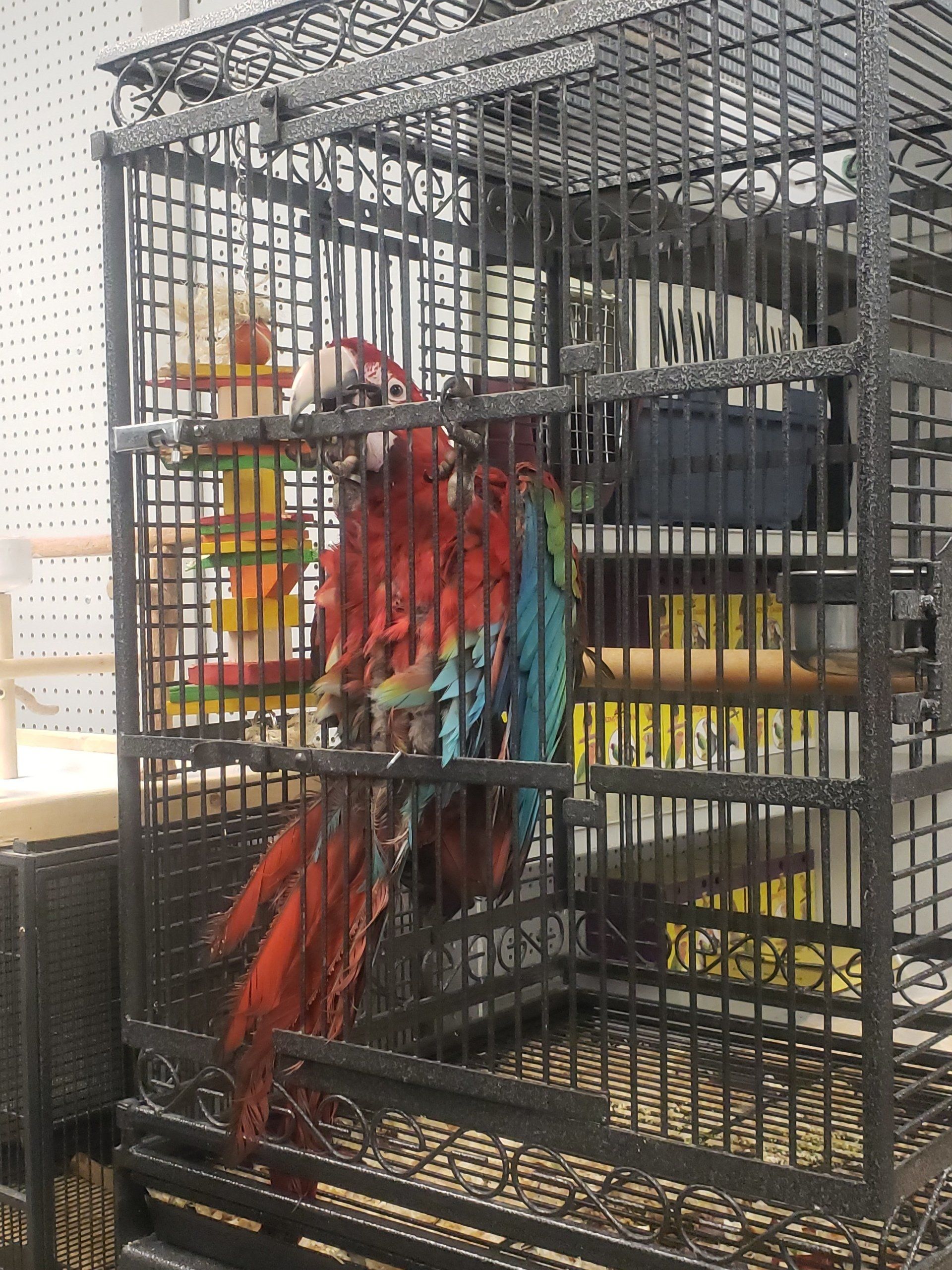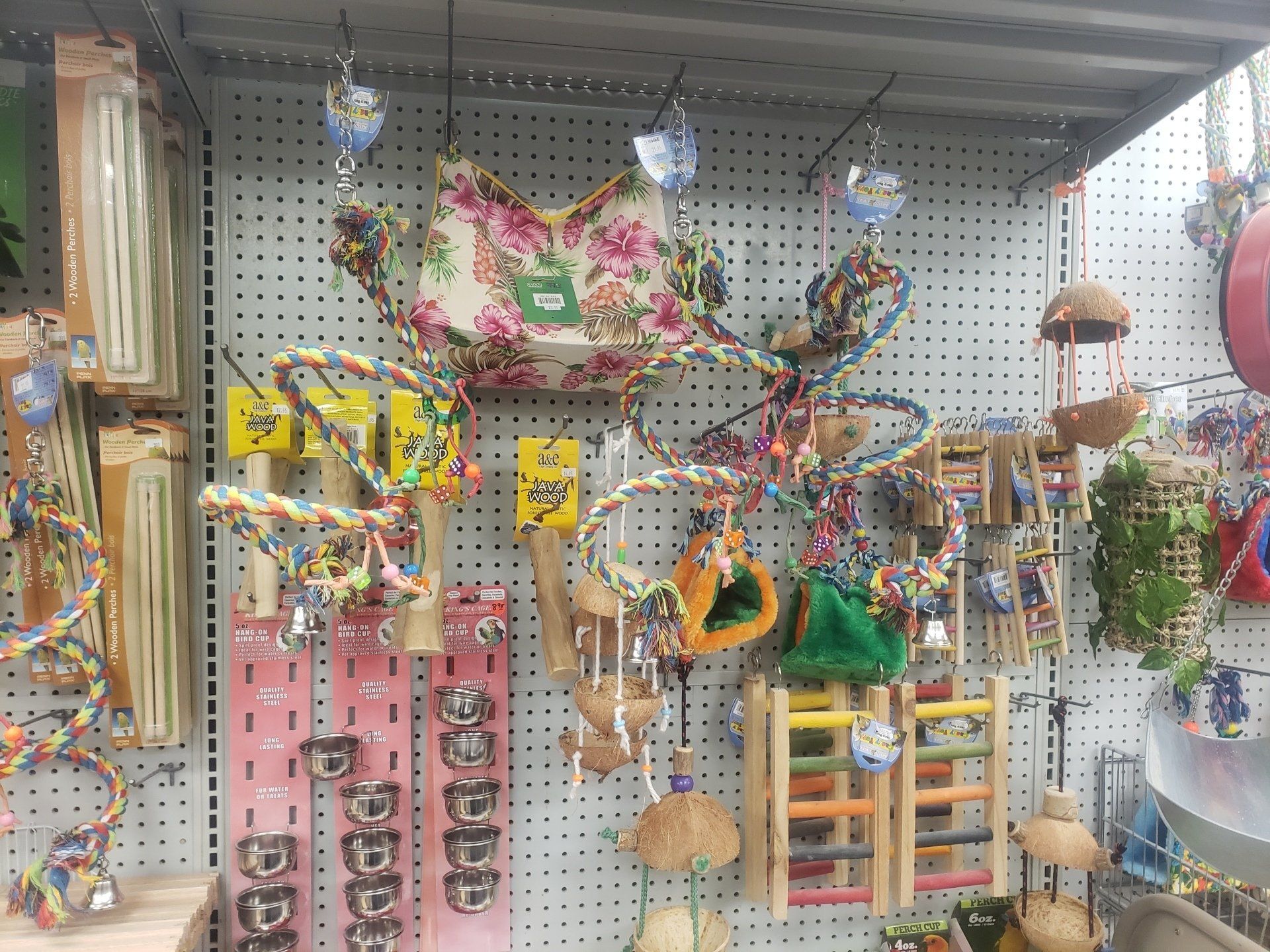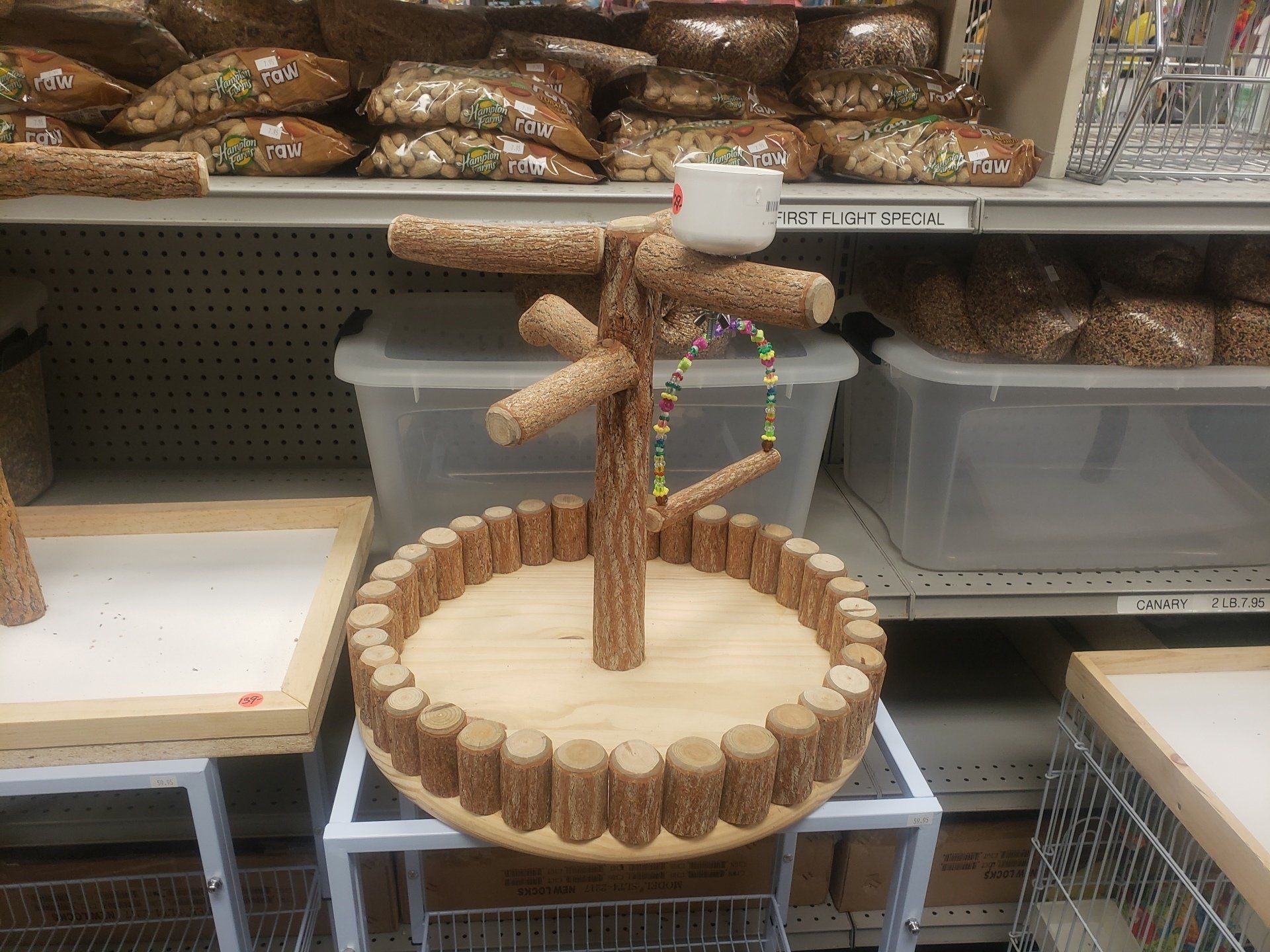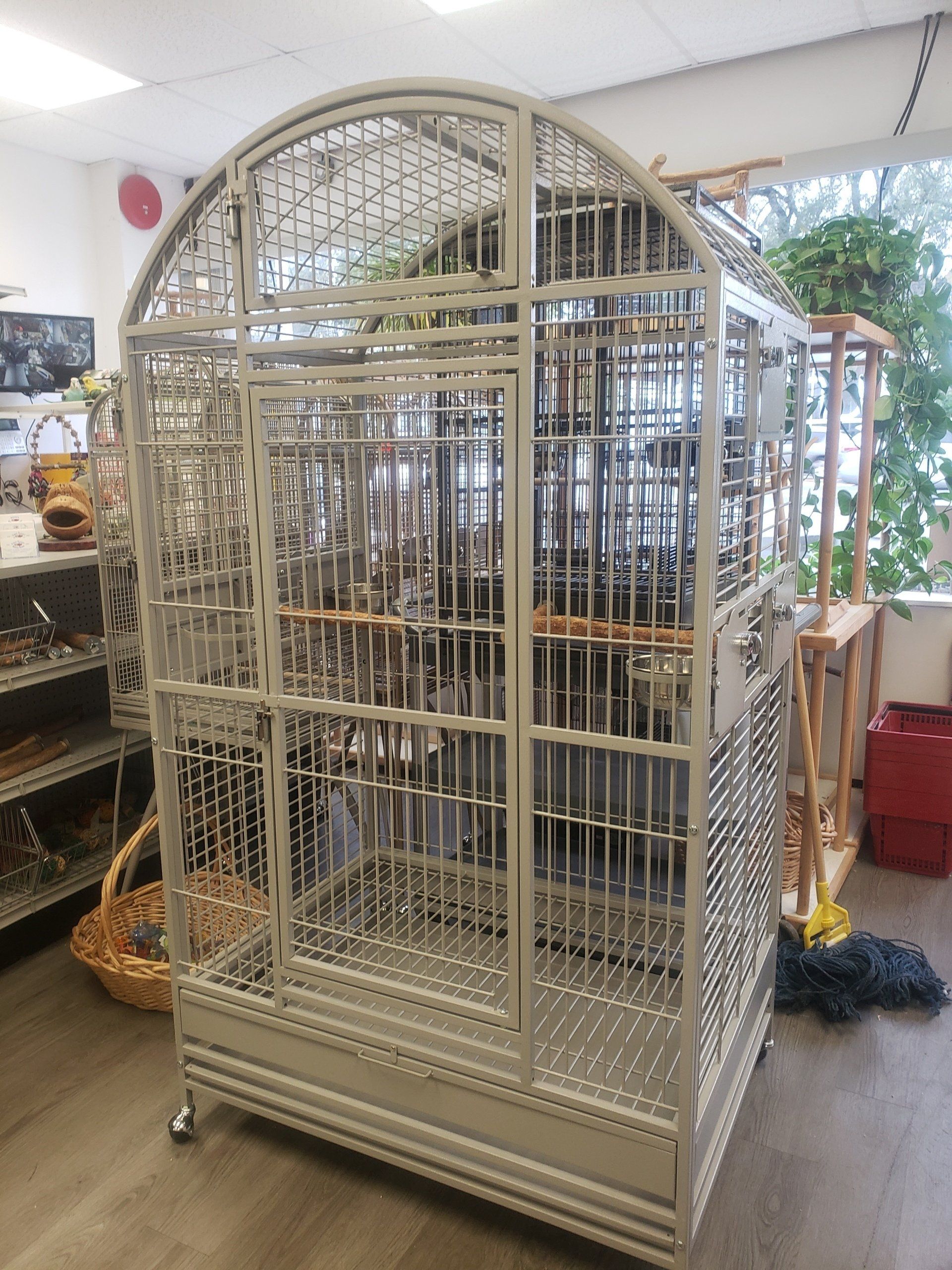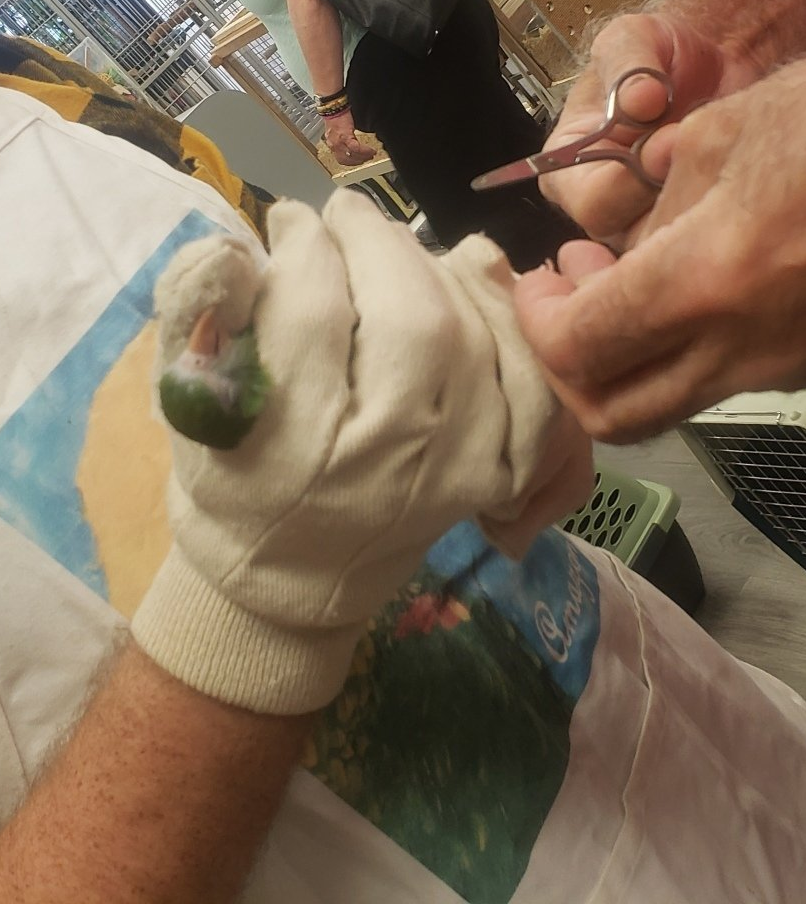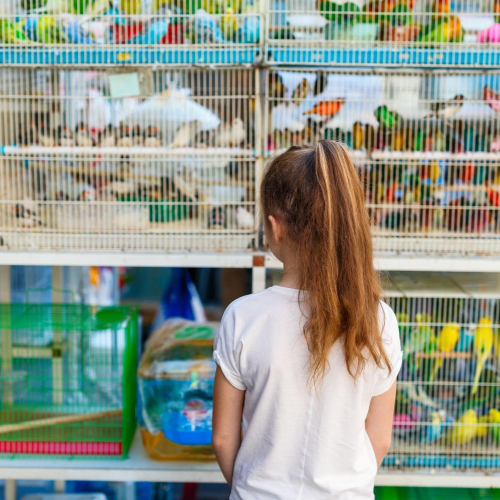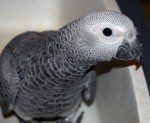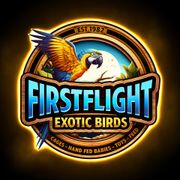You've reached Long Island's top choice for acquiring exotic handfed baby birds.
With over 40 years of experience, we pride ourselves on offering an unparalleled selection of hundreds of birds to choose from, ensuring you'll find the perfect feathered friend.
Our commitment to avian health and happiness is reflected in our specialized DNA bird testing services that guarantee the highest standards in bird care and lineage verification, handfed for baby birds, premium feed, a selection of toys that satisfy your bird's natural instinct to play, and high end cages.
Additionally, our on-staff bird behaviorist is here to provide expert advice and personalized support, ensuring your new companion thrives in your home.
Whether you're a seasoned bird enthusiast or newly captivated by these enchanting creatures, First Flight Exotic Birds welcomes you with open wings and unbeatable expertise. Visit us today and discover why we've been the trusted name in Exotic Bird Care for decades!
Specializing in Handfed Baby Birds and DNA testing!
With over 40 years of experience, we pride ourselves on offering an unparalleled selection of hundreds of birds to choose from, ensuring you'll find the perfect feathered friend.
Our commitment to avian health and happiness is reflected in our specialized DNA bird testing services that guarantee the highest standards in bird care and lineage verification, handfed for baby birds, premium feed, a selection of toys that satisfy your bird's natural instinct to play, and high end cages.
Additionally, our on-staff bird behaviorist is here to provide expert advice and personalized support, ensuring your new companion thrives in your home.
Whether you're a seasoned bird enthusiast or newly captivated by these enchanting creatures, First Flight Exotic Birds welcomes you with open wings and unbeatable expertise. Visit us today and discover why we've been the trusted name in Exotic Bird Care for decades!
You've reached Long Island's top choice for acquiring exotic handfed baby birds.
With over 40 years of experience, we pride ourselves on offering an unparalleled selection of hundreds of birds to choose from, ensuring you'll find the perfect feathered friend.
Specializing in handfed baby birds, premium feed, a selection of toys that satisfy your bird's natural instinct to play, and quality cages.
Our commitment to avian health and happiness is reflected in our specialized DNA bird testing services that guarantee the highest standards of bird care, ensuring your bird's health and wellness for years to come.
Additionally, our on-staff bird behaviorist is here to provide expert advice and personalized support, ensuring your new companion thrives in your home.
Whether you're a seasoned bird enthusiast or newly captivated by these enchanting creatures, First Flight Exotic Birds welcomes you with open wings and unbeatable expertise. Visit us today and discover why we've been the trusted name in
Exotic Bird Care for decades!
Ask us about

About First Flight Exotic Birds
First Flight Exotic Birds is, your full-service premier destination for Exotic Birds on Long Island, New York located at
514 Middle Country Rd. in Coram, NY.
Whether you're a seasoned bird enthusiast or newly captivated by these enchanting creatures, First Flight Exotic Birds welcomes you with open wings and unbeatable expertise.
Additionally, our on-staff bird behaviorist is here to provide expert advice and personalized support, ensuring your new companion thrives in your home.
Click below to learn more about First flight Exotic Birds and the additional bird services we offer.
About First Flight Exotic Birds
First Flight Exotic Birds is, your full-service premier destination for Exotic Birds on Long Island, New York located at 514 Middle Country Rd. in Coram, NY.
Whether you're a seasoned bird enthusiast or newly captivated by these enchanting creatures, First Flight Exotic Birds welcomes you with open wings and unbeatable expertise.
Additionally, our on-staff bird behaviorist is here to provide expert advice and personalized support, ensuring your new companion thrives in your home.
Click below to learn more about First flight Exotic Birds and the additional bird services we offer.
“A bird sitting on a tree is never afraid of the branch breaking, because her trust is not on the branch but on her own wings.”
— Anonymous
